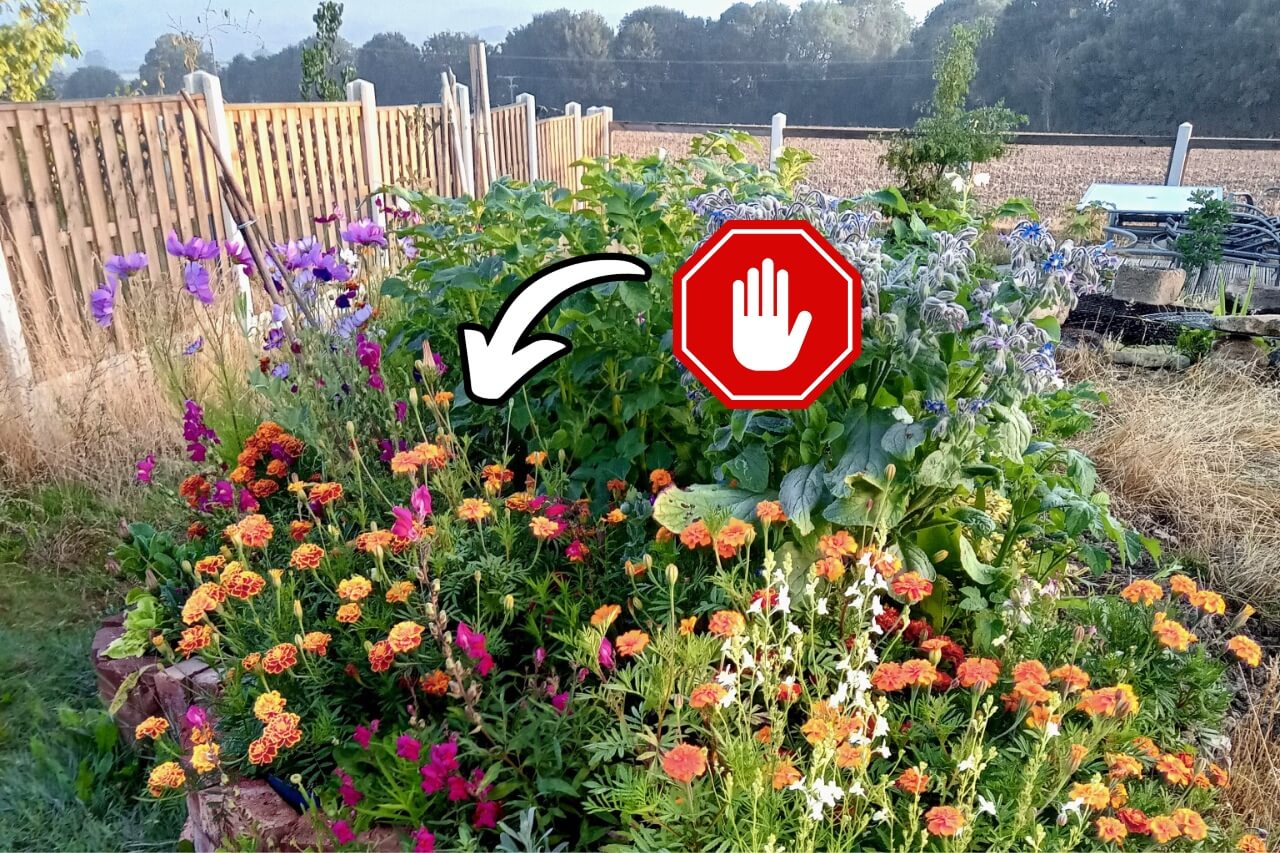I love how rewarding gardening is; however, I always have to remind beginners that not every plant is a good choice for your home garden, your yard, or indoors.
In fact, some seemingly attractive or popular plants can turn into nightmares due to invasiveness, toxicity, property damage, or excessive maintenance.
Below I’ve made a list of 10 plants that you should usually avoid and I’ll also briefly explain why each is a bad idea. But don’t worry, I’ll also mention some safer alternatives.
1. English Ivy
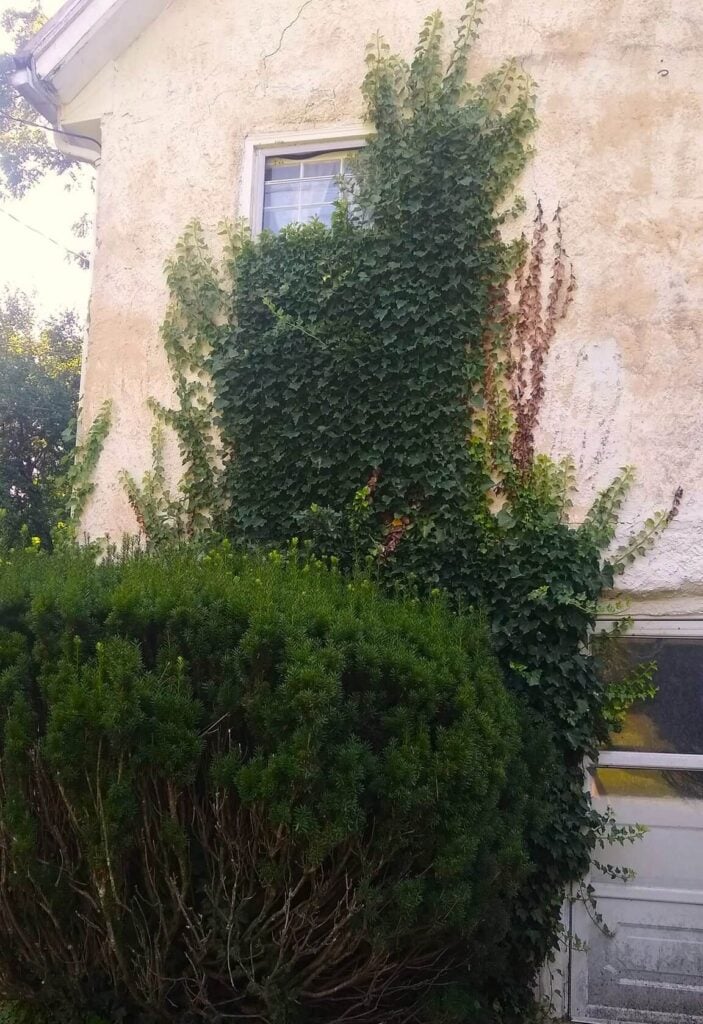
Some gardeners pick English ivy because it evokes those charming cottage vibes, but this vine can quickly become your biggest problem.
It’s highly invasive, it often escapes cultivation and spreads across forest floors and up tree trunks, smothering other plants.
The thick vines can strangle trees by blocking sunlight and even add so much weight that branches break under snow or ice.
Even as a groundcover, ivy forms dense mats that trap moisture (you will find yourselves surrounded by mosquitoes) and prevent other plants from growing.
It also has a habit of working its roots into cracks of walls, siding, or brickwork, potentially causing property damage.
In many regions, it’s labeled a noxious weed, so it’s best to steer clear. If you’re looking for an evergreen vine or groundcover, you can opt for Virginia creeper or creeping phlox, which are far less aggressive.
2. Running Bamboo
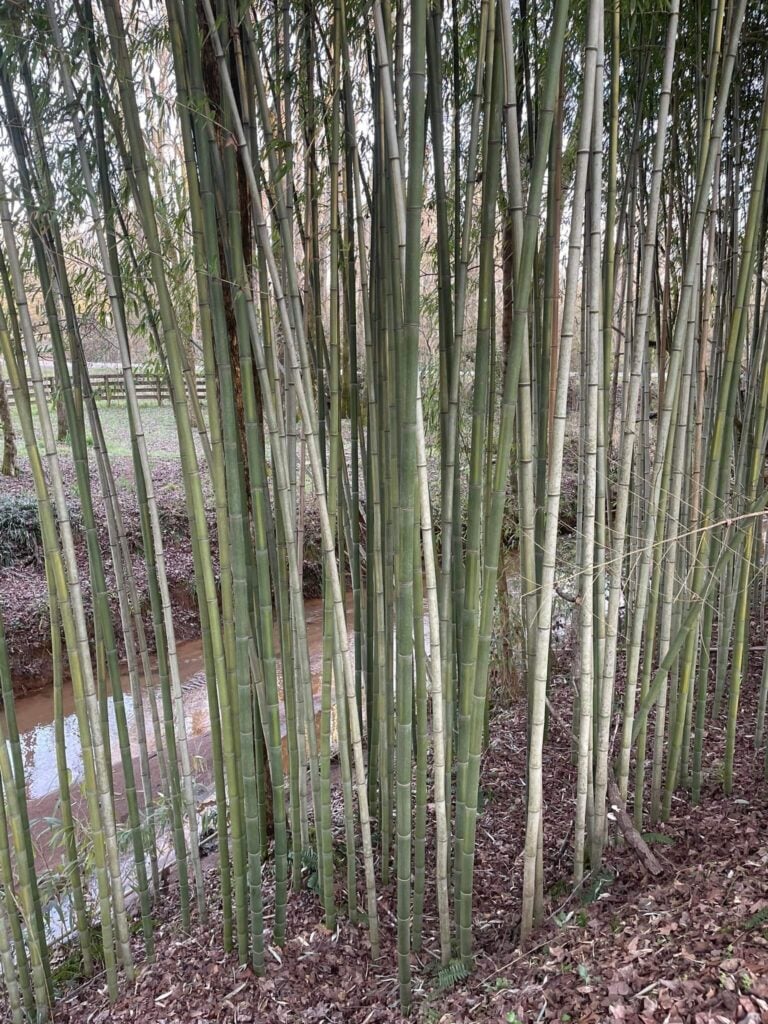
Bamboo is often sold as a fast-growing privacy screen, but running types of bamboo can easily take over your yard.
Consider that these bamboos spread by underground rhizomes and have proven highly invasive in the U.S., popping up far beyond where they’re planted.
As if that wasn’t enough, they’re also extremely vigorous and notoriously hard to control or remove once established.
It’s not uncommon to hear horror stories of bamboo invading lawns, cracking patios, or sending up shoots on the other side of fences. Getting rid of it can require heavy equipment or years of cutting and digging.
If you love the look of bamboo, choose only clumping bamboo species such as Fargesia. They stay in a tight clump and are considered non-invasive.
3. Chinese Wisteria

I know what you’re thinking. Wisteria’s hanging purple blooms are gorgeous, and I love them as well, but try not to be enchanted by their beauty.
The commonly sold Chinese and Japanese wisterias grow with astounding vigor, twining up trees, over fences, and anything else in their path.
In the southeastern U.S., Chinese wisteria has become invasive, and it’s even capable of killing large trees by girdling them.
It tolerates a wide range of conditions, sun or shade, and an individual vine can live 50+ years, giving it plenty of time to spread and “go wild” in the environment.
I have a friend who has one in her garden, and she has to constantly prune it to keep it under control. If you still like wisteria, you can choose the American variety. The blooms are slightly smaller but it’s also very less rampant.
4. Bradford Pear
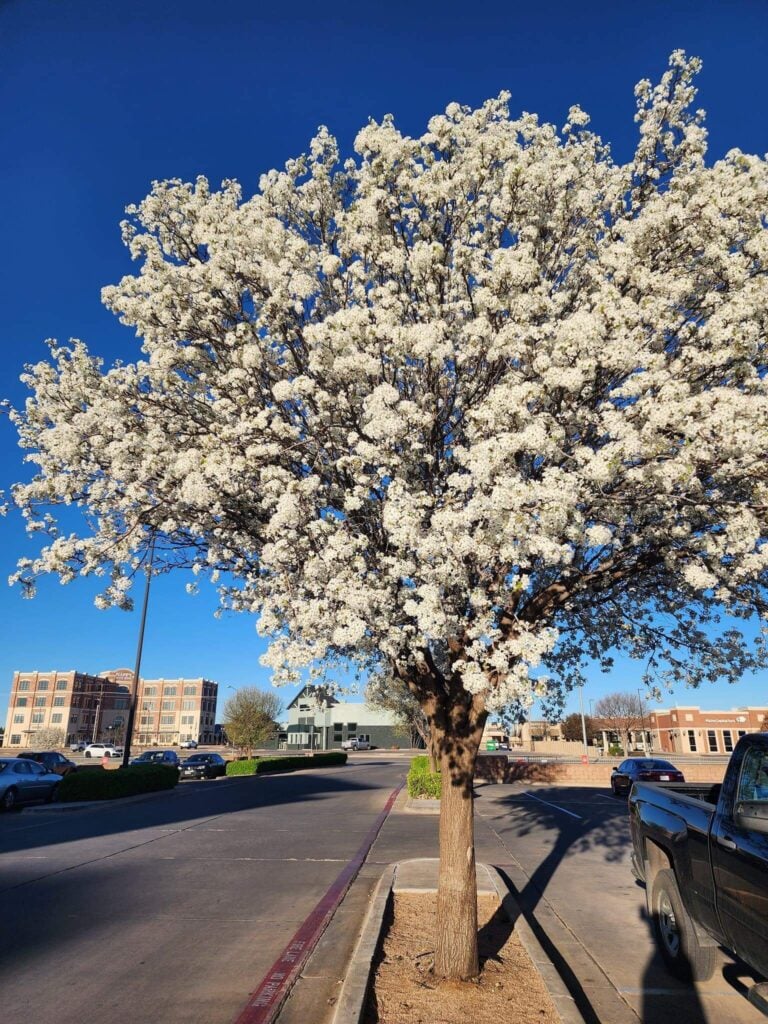
Bradford pear trees were once the darlings of suburban landscaping, especially for those looking for white blossoms.
Why did I add them to this list? First, the smell: the flowers produce a very pungent odor. I personally think they smell like rotting fish, which is not exactly what you want for your yard.
Second, Bradford pears have notoriously weak branch structures. The tree grows quickly with tight branch angles, and as it matures, the limbs tend to split and break.
I’ve heard of homeowners left with a mess of fallen branches or worse, property damage.
The last thing you should consider is that Bradford pear can cross-pollinate with other ornamental pear varieties. The result is wild offspring that spread aggressively via seeds carried by birds.
With the right conditions, these wild Callery pears form dense, thorny thickets in natural areas, out-competing native trees and plants.
For this reason, some states like Ohio and South Carolina have outlawed them, and programs exist to replace them with better trees like native serviceberry or Eastern redbud.
5. Japanese Barberry
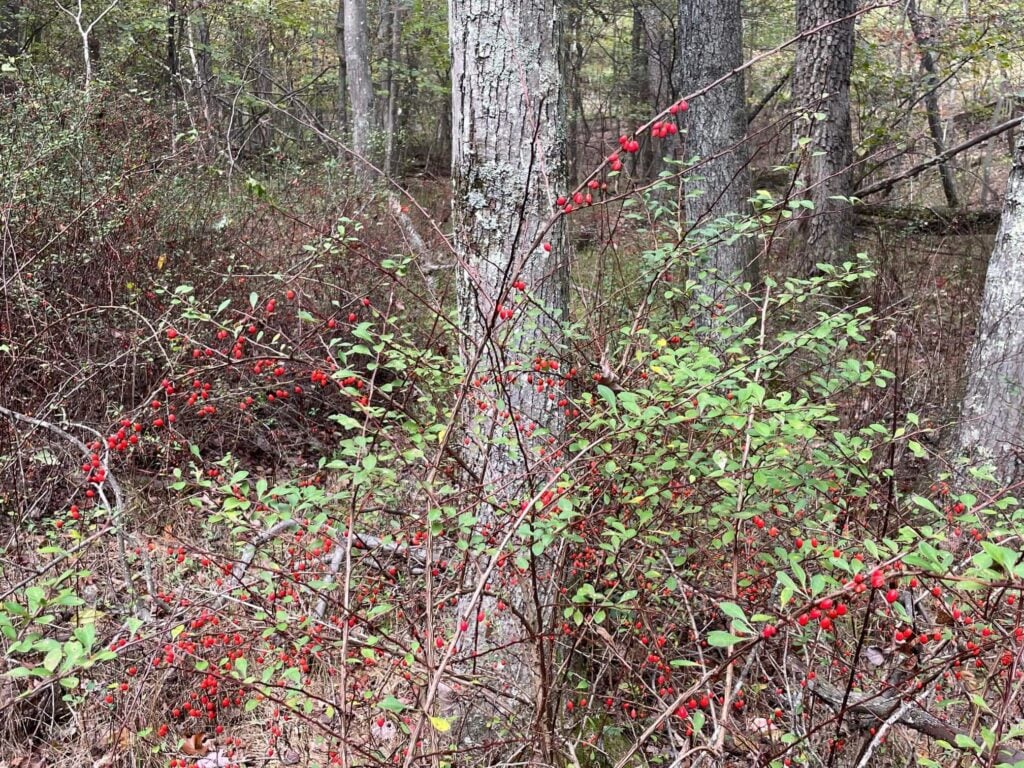
As you can see from the pic above, Japanese barberry is a small, thorny shrub of brown or dark red color.
The main problem of this plant is that it creates a perfect habitat for ticks, including the deer ticks that carry Lyme disease.
Researchers have found that barberry thickets have higher humidity and provide cover that ticks love.
Some specific studies have also shown that areas with uncontrolled Japanese barberry can have significantly higher tick densities (and more infected ticks) than areas without its extension.
I don’t know what you think about this, but I believe that it’s a big reason not to grow it near your home, especially if you have kids or pets playing in the yard.
6. Burning Bush
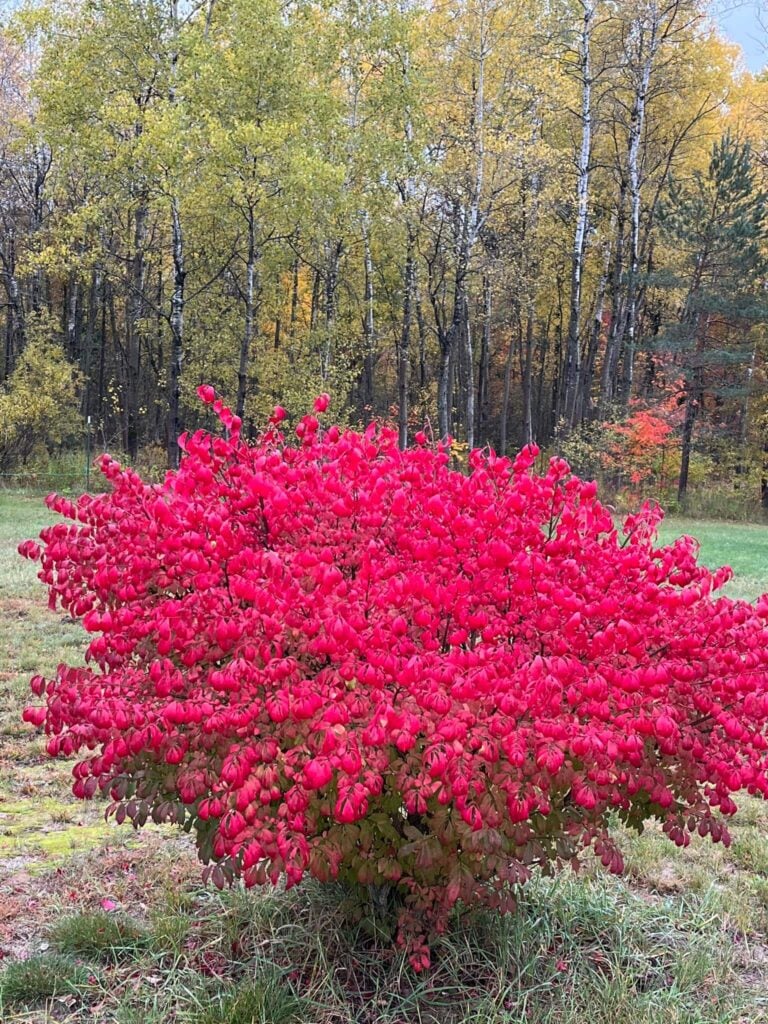
Burning Bush (also called winged euonymus) has become an extremely popular landscape plant over the past several decades, especially in foundation beds and hedges all over North America.
But even though some homeowners love its look, burning bush has an invasive streak that has landed it on banned plant lists in several states (including Massachusetts, New Hampshire, Minnesota, and others).
It was introduced from Asia in the mid-1800s, and it started popping up in wild woodlands by the 1970s.
The problem is that birds eat the little red berries and spread the seeds into forests. There, a burning bush can sprout and survive even in deep shade, gradually forming colonies under the canopy.
It’s not as aggressive as some invasives, but it does escape cultivation – enough that Pennsylvania’s Dept. of Conservation and Natural Resources labels it as a “significant threat“.
7. Purple Loosestrife
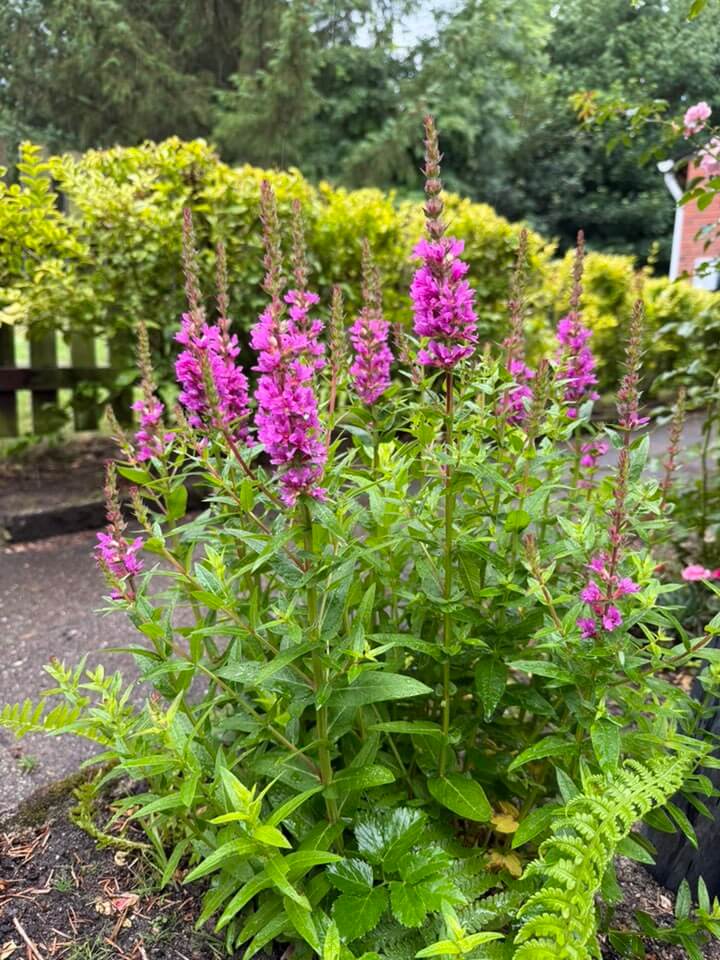
I’m sure you’ve seen tall spikes of purple-magenta flowers along highways or marshes in summer; well, you’ve likely spotted purple loosestrife.
It’s undeniably pretty, so much so that people once planted it in gardens, and it was even sold commercially as an ornamental.
But this is actually one of Europe and North America’s worst invasive weeds. It was actually first imported from Europe but has now spread across the U.S. as well, especially in the Northeast.
It thrives in wetlands, riverbanks, and ditches, forming dense stands of nothing but loosestrife. Those stands choke out native plants that wildlife depend on.
Entire marshes have been taken over by loosestrife, leaving almost no food or habitat for ducks, birds, turtles, or frogs.
Even the muskrats and other animals that used to use those wetlands can’t navigate through the thick tangle, and it can also impede water flow, causing water quality issues and increased flooding or dredging costs.
As an alternative, it’s better to choose one of the outcompete weeds.
8. Oleander
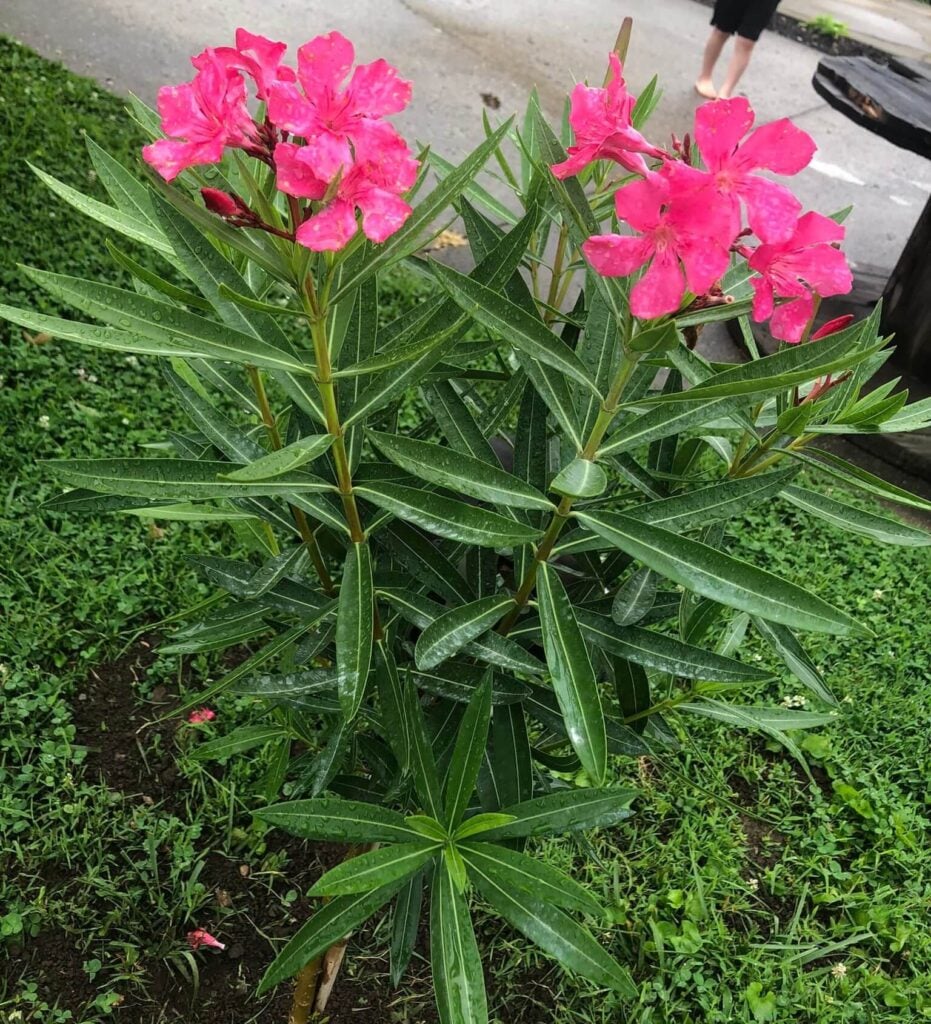
Oleander is quite common in warm climates. I’ve often seen it in the Mediterranean and southern Europe (where I live), but it’s also widespread in the southern United States.
Oleander has quite a few positive aspects, it’s an evergreen shrub with lush green leaves and continuous flowers in white, pink, or red. It’s also drought-tolerant and even salt-tolerant.
There’s only one problem: it is extremely poisonous.
Every part of the plant, including leaves, flowers, stems, and sap, contains potent cardiac toxins. Ingesting even a small amount can cause severe symptoms (vomiting, heart arrhythmia, neurological effects) and can be fatal to people or animals.
Tragically, there are cases of children and pets getting very sick or dying from chewing on oleander leaves or flowers, and even handling or burning the plant can cause skin irritation and health issues.
Experts specifically warn against planting it in places accessible to curious kids or pets. If you do have it, use gloves when pruning, and never toss branches on a bonfire.
What would I do? Well, with so many other lovely flowering shrubs available, I don’t think it’s worth the worry of keeping or planting it.
If you wanna add color to your garden, depending on your region, you could opt for hibiscus, crape myrtle, or bougainvillea.
9. Castor Bean
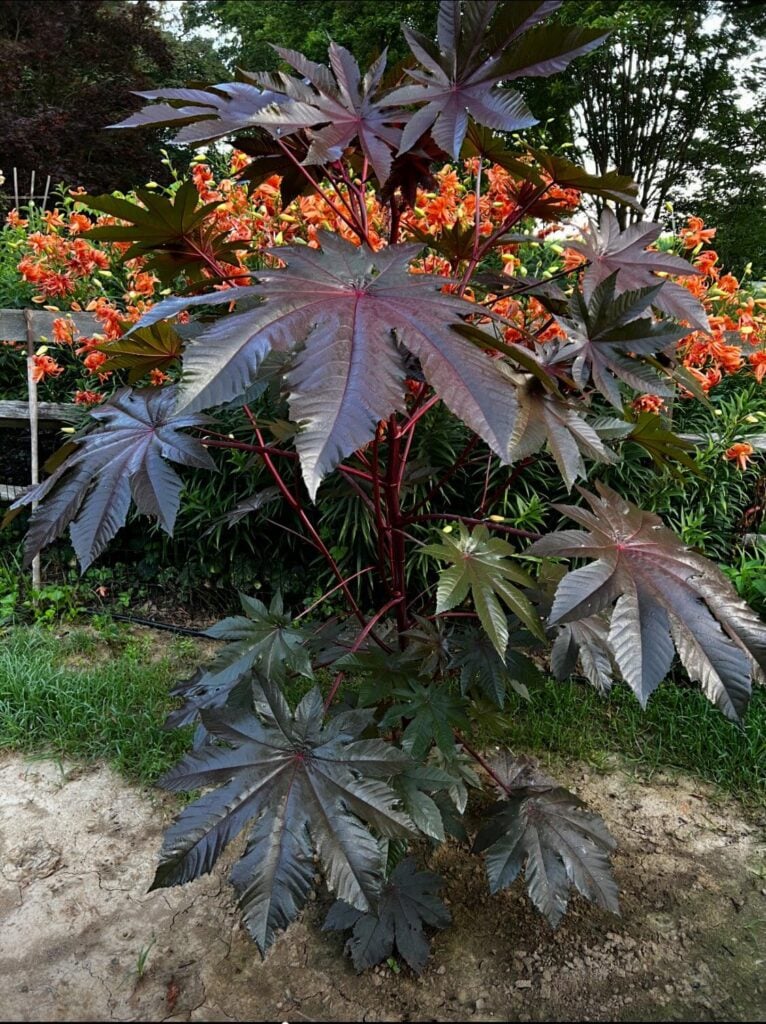
I’m sure you are familiar with Castor bean, and with its huge star-shaped leaves and funky spiky seed pods.
I saw it recently in the garden of an acquaintance of mine who told me that he planted it for its tropical flair.
I have to admit that it’s quite a good annual ornamental, especially in the dramatic purple leaves version.
Now, let’s move on to the negative aspect. Castor bean’s seeds contain ricin, one of the deadliest natural poisons known.
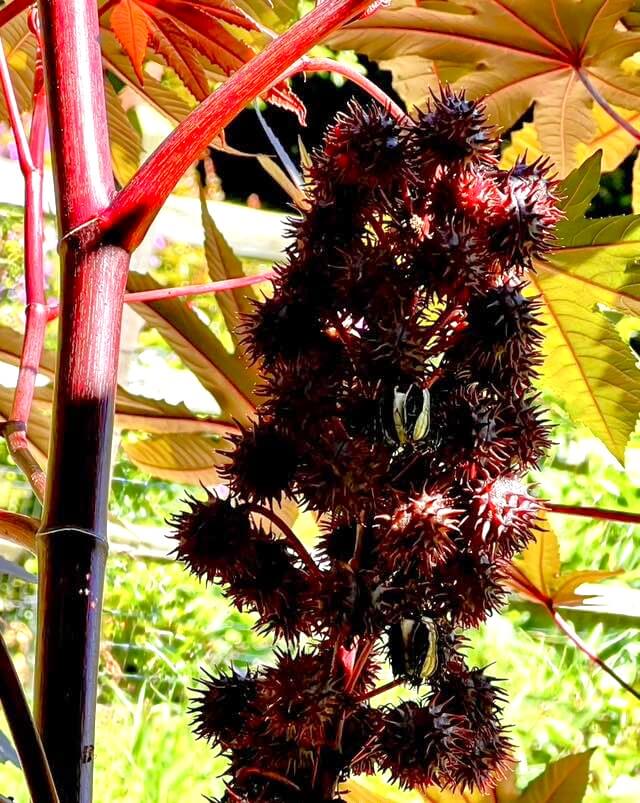
How deadly? As few as four castor bean seeds can kill an average adult human if ingested.
Ricin is thousands of times more poisonous than cyanide, and there’s no antidote. Even one seed could seriously harm a child or pet.
Once again, planting something so poisonous in a home garden is a huge risk, so know what you’re doing and clip off the seed pods before they mature.
I would simply avoid it and go with other tropical-looking alternatives like canna lilies, or hardy bananas. I know what you’re thinking, no, they don’t produce real bananas in temperate climates.
10. Sago Palm
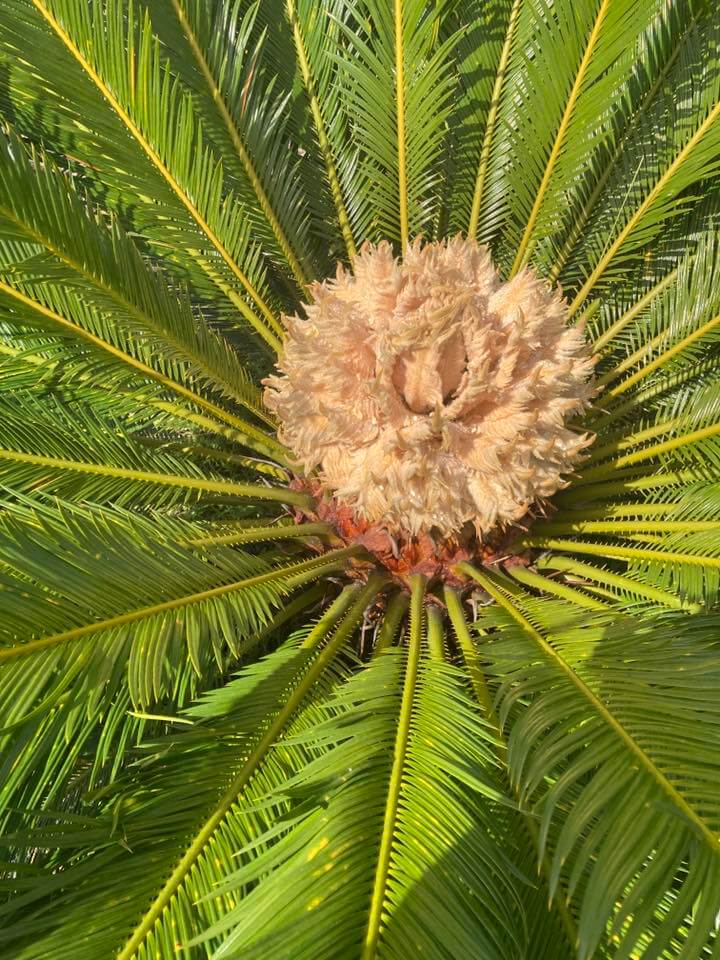
I don’t know if you know this, but sago palm is not actually a palm but a cycad, an ancient type of plant that looks like a mini palm or fern.
It’s a popular houseplant and landscape plant in warm areas, often used in pots or entryways for a tropical touch.
Unfortunately, sagos are extremely toxic. All parts of the plant contain cycasin and other toxins that can cause liver failure if eaten.
The seeds (they look like nuts) are especially poisonous, and dogs seem oddly attracted to them as chew toys.
Veterinary data shows that ingesting as little as one sago seed can poison a dog, often with fatal results if not treated immediately. Within hours of eating it, a dog may start vomiting, develop diarrhea, and become lethargic as liver damage sets in.
So do not plant sago palms if you have pets or young children who might nibble on outdoor plants. Even handling the plant and then touching your mouth can be unsafe.
As an alternative, you can opt for one of these 10 Tough Plants That Grow Basically Anywhere.

